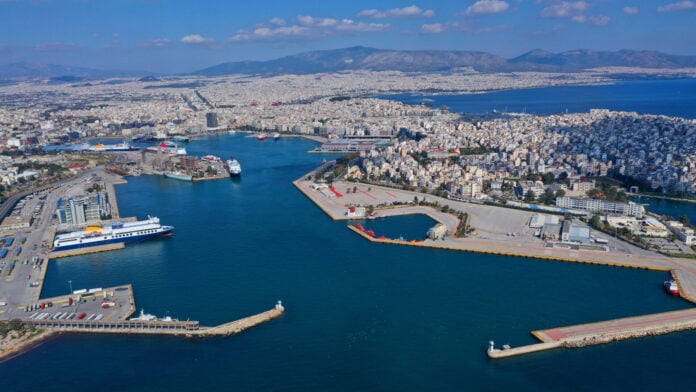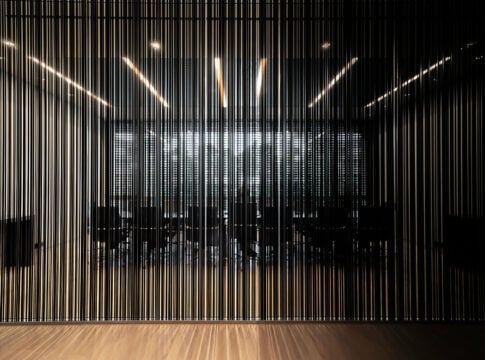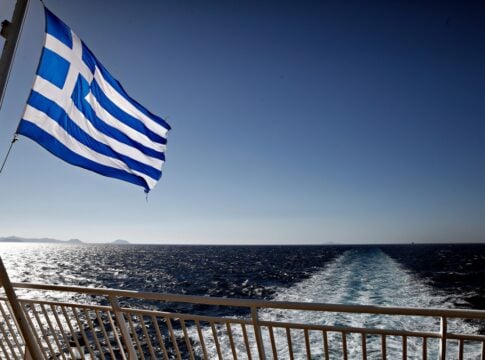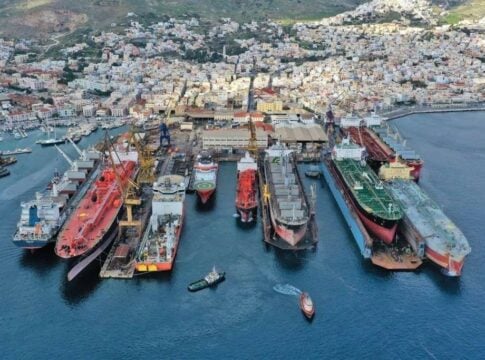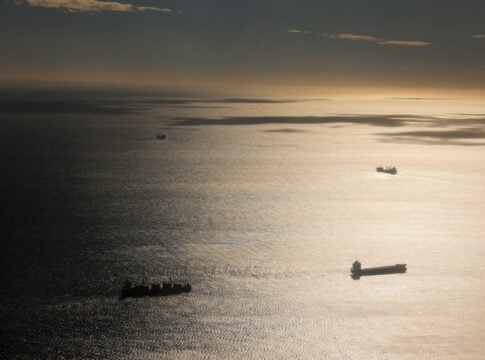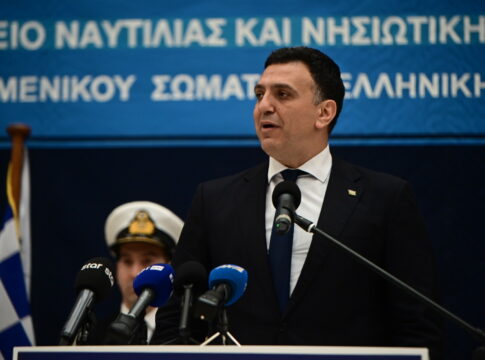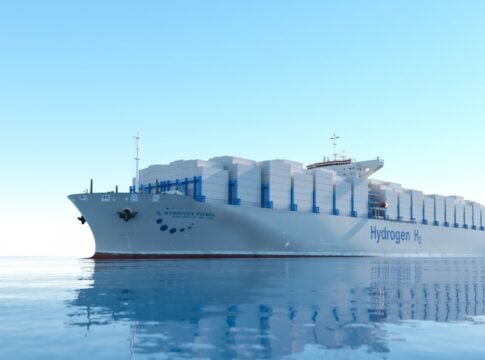The container terminal of the port of Piraeus seems resilient despite the fact that the Red Sea crisis and Houthi rebels’ attacks on merchant ships have forced most ships to circumnavigate Africa rather than transit through its canal Suez.
Cosco Shipping Ports announced figures on the terminals it controls around the world, confirming a recent report by “Naftemporiki” for losses around 10%-15%. Official figures for Piers II and III operated by Cosco subsidiary SEP SA show a decline of 12.7% for the first month of 2024, compared to the corresponding month last year.
A total of 281,800 “boxes” were traded this year versus 322,800 last year. As for Pier I of SEMPO, the smallest of the three, which is managed by Piraeus Port Authority (PPA) (with Cosco as a major shareholder, 67.7%), it is approximately at the same levels as in 2023.
In fact, the port of Piraeus is perhaps the one under the greatest pressure during this period, due to its strategic position in the Eastern Mediterranean, in relation to Suez. Because a ship that will circumnavigate Africa will have to cross the entire Mediterranean, from Gibraltar, in order to dock at the country’s major port.
However, Cosco has chosen to support its largest port investment outside of China. It is also the gateway to Europe, the new Silk Road promoted by China.
It is pointed out that even in December 2023, when the Houthi attacks on commercial ships had already created major problems in the ships’ routes, the decline compared to the corresponding month of 2022 was only 0.5%.
Ports close to the Atlantic Ocean, such as Algeciras, seem to have won, temporarily at least. Several ships also board directly at Northern European ports. This situation, however, is not easy to continue for a long time, since there will be congestion in the specific ports.
One of Cosco’s first moves was to “withdraw” from its subsidiary OOCL the Cosco Development of 13,092 TEUs from the transatlantic trade. OOCL replaced it with OOCL Seul (8,063 TEUs).
On its part, Cosco started using the 13,000 TEUs ship as a feeder between Zeebrugge and Piraeus.
As Alpha Liner pointed out, the Chinese shipping group needed the new-panamax to transport cargo originating in Asia from Zeebrugge to Piraeus. The Greek port is usually the first European port of discharge for the megamax vessels of 19,270 – 21,200 TEUs deployed on the Far East-Europe “AEU3” service, also known as the second Asia-North Europe arm of the Ocean Alliance.
As this service currently runs via the Cape of Good Hope, Zeebrugge has been temporarily added to the line as the first European port of discharge.
Boxes bound for Piraeus are unloaded at the terminal managed by Cosco Ports (CSP Zeebrugge Terminal) and from there they start for their final journey to Greece.
Stock soars
According to “Naftemporiki”, investors seem to trust the PPA, despite fears about the effects of the crisis in the Red Sea. The share of PPA, whose revenue mainly comes from Container Terminals, exceeded 25.5 euros during the week for the first time since 2008.
20-million-euro investment in the car terminal
In addition to the Container Terminal, the port of Piraeus also has one of the largest vehicle transit centers in the Eastern Mediterranean. It recently inaugurated the extension of the PPA car terminal, with an area of approximately 40,000 m², towards the northern side of the port.
The new investment amounted to 20 million euros, providing parking for an additional 5,100 cars. This was part of the investments that the Organization was obliged to make based on the Concession Agreement and is a Priority II project.
The total area of the vehicle handling station now amounts to 110,000 m².


